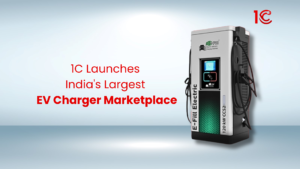
Decoding the Power Play: Fast Charging vs. Slow Charging in Electric Vehicles Updated on Jul 20, 2023 | 7 min read [Sassy_Social_Share]As
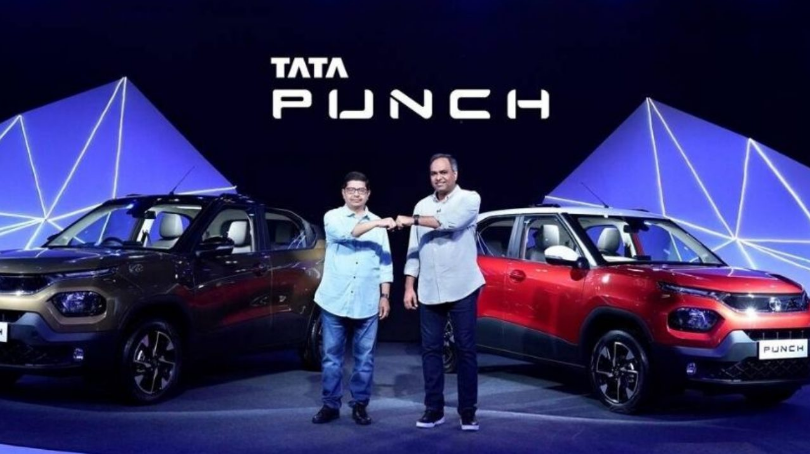
Tata Motors, holding over 70% of India’s electric car market, is set to launch three new electric vehicles with the Curvv coupe and electric versions of Harrier and Punch. Shailesh Chandra, MD of Tata Motors’ passenger vehicles and electric mobility divisions emphasised that only “zero emission vehicles” should receive benefits, not hybrids. He stated that hybrids, using a gasoline engine as a source of energy, should not be compared to electric vehicles (EVs). Tata Motors focuses on expanding its electric portfolio, aiming for 65,000-70,000 green vehicle sales in 2023, showing 60-70% growth. The company plans an aggressive expansion with an electric lineup of nine to ten cars across various price points, addressing concerns about charging infrastructure.
According to Shailesh Chandra, Tata Motors aims for aggressive growth in the electric vehicle sector, projecting 65,000-70,000 green vehicle sales in 2023, reflecting a 60-70% growth. The company plans to expand its electric portfolio with nine to ten cars, addressing various price points, and is investing in higher-range vehicles with up to 600km on a single charge.
The government provides a special 5% GST tax rate for locally manufactured electric vehicles, while internal combustion engines (ICE) and hybrids face a higher tax rate of over 28%. Therefore, one of the key approaches for TATA motors’s growth in EV is the Gst rates as they focus fully on “zero emission” vehicles.

“So, if it’s not plugged into electricity, I don’t qualify for being an EV or should be compared with an EV technology. Comparing a hybrid with an EV is very motivating as people feel that such a comparison can make hybrids qualify for policies which are supportive of electrification.”
Other automakers like Toyota, Maruti, and Honda are trying to take advantage of tax concessions for hybrid vehicles, claiming they pollute less than traditional petrol and diesel cars.
A hybrid vehicle is a type of vehicle that uses a combination of two or more power sources to propel itself. Typically, these power sources include an internal combustion engine (ICE) that is fueled by gasoline and an electric motor. The electric motor is powered by a battery, and the vehicle can switch between the two power sources or use them simultaneously, depending on driving conditions.
The purpose of hybrid vehicles is to achieve improved fuel efficiency and reduced emissions compared to traditional internal combustion engine vehicles. The electric motor assists the gasoline engine during acceleration and at low speeds, and it can also operate independently for short distances. The system also allows for regenerative braking, where energy from braking is captured and used to recharge the battery. Therefore, there are varied GST rates imposed by the government on the two types of cars.
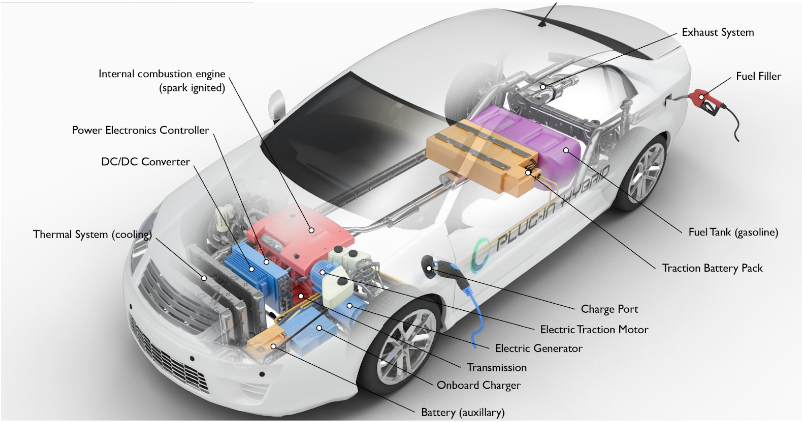
Using the term EV or Electric Vehicle to refer to a hybrid vehicle can be misleading. While hybrids have an electric component in the form of an electric motor and a battery, they also have an internal combustion engine that runs on gasoline. On the other hand, a pure EV relies only on electric power and does not have a traditional internal combustion engine.
A hybrid might exhibit less pollution, but an EV is considered a zero-emission vehicle.
No, hybrid cars do not typically need to be plugged into an external power source for charging. Hybrid cars come with a dual-power system:
Hybrid batteries typically last between 8 to 15 years. However, the lifespan can vary based on several factors:
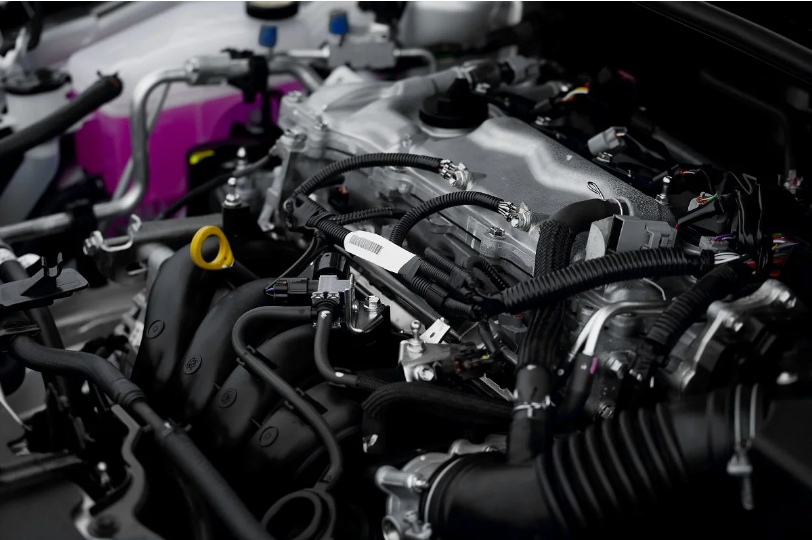
Criteria | Pure EV Cars | Hybrid Cars |
Emission Type | Zero emissions | Lower emissions than traditional vehicles |
Fuel Source | Electricity | A combination of gasoline engine and electric motor |
Government Support | 5% GST tax rate, incentives | Seeking tax concessions for lower emissions |
Range (per charge) | Typically shorter (e.g., 150-300 km) | Longer range due to gasoline component (e.g., 500+ km) |
Charging Infrastructure | Requires development, potential concerns | Less dependency on charging infrastructure |
Environmental Impact | Minimal environmental impact | Lower impact compared to traditional vehicles |
Initial Cost | Higher initial cost due to battery tech | generally lower initial cost |
Maintenance Costs | Fewer moving parts, lower maintenance | Complexity may lead to higher maintenance costs |
Government Support | Often receives specific incentives | Seeking tax concessions for lower emissions |
Popular Models | Tesla Model 3, Nissan Leaf, Chevrolet Bolt | Toyota Prius, Honda Accord Hybrid, Ford Fusion |
Tata Motors is leading India’s EV market with over 70% share and plans to launch three new EVs. They aim for 65,000-70,000 green vehicle sales in 2023, showing 60-70% growth. Tata focuses on “zero-emission vehicles,” differentiating them from hybrids. The 5% GST rate for locally manufactured EVs supports Tata’s growth strategy. Hybrids, combining electric and gasoline engines, face higher taxes.
Challenges for EV adoption include a high sales base, slowing growth, and a need for charging infrastructure. Tata focuses on distinguishing between EVs and hybrids to maintain policy support.
Decoding the Power Play: Fast Charging vs. Slow Charging in Electric Vehicles Updated on Jul 20, 2023 | 7 min read [Sassy_Social_Share]As
DC fast charging impacts EV batteries. Understanding its effects and following best practices is crucial for battery longevity.
Hydrogen fuel cell vehicles show promise for sustainable transport in India. Challenges include infrastructure and cost, but the industry anticipates growth.
With India’s push towards adopting more renewable energy sources, solar-powered EV charging stations are starting to dot the landscape. As of 2023,
Learn the key differences between AC and DC charging, their advantages, and how they impact the future of electric vehicle infrastructure.
Tata Motors Growth Focus on No emission vehicle, can hybrid overcome Pure EV, what is Hybrid Vehicle?


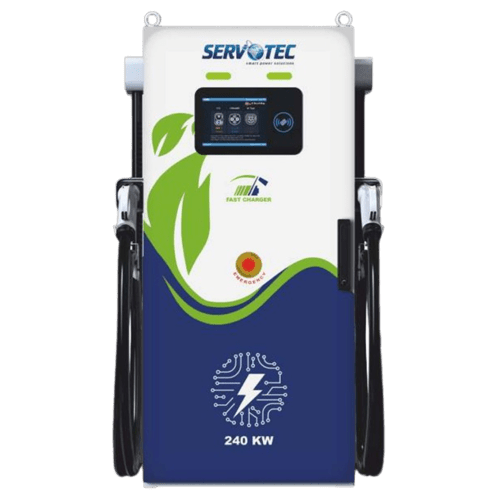
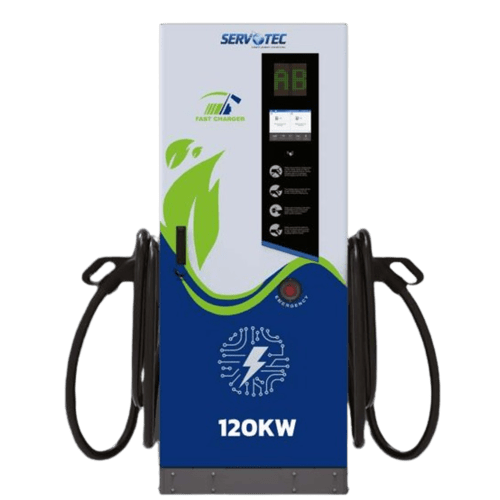
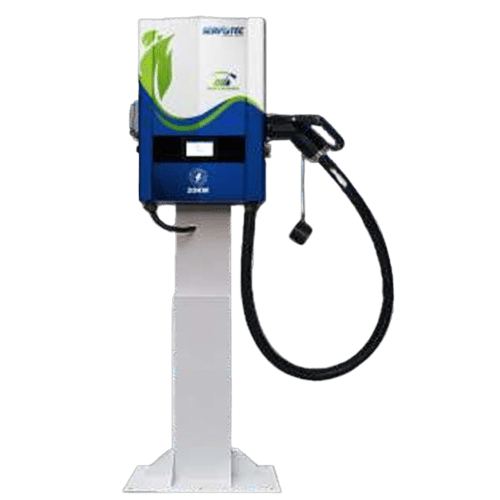

© 2024 Massive Mobility Private Limited. All rights Reserved